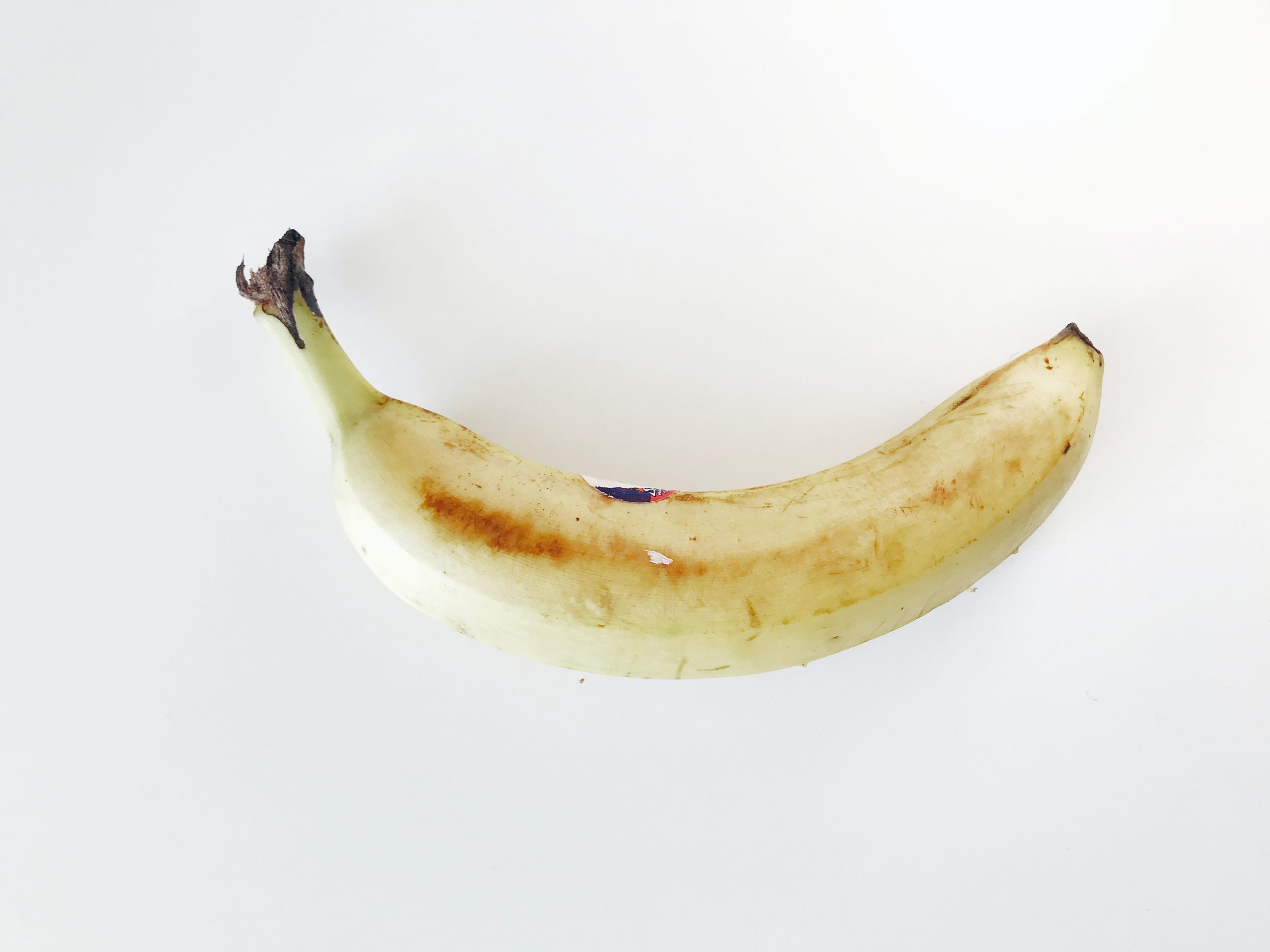Tag: Food waste
-
Christmas holidays without food waste, it’s possible !

Tips on how to do our bit against this global scourge
-
Study: Does plastic packaging reduce food waste?

“Plastic packaging helps to keep food fresh for longer. It’s therefore important in the fight against food wastage” – that’s the argument put forward by retailers and manufacturers to justify their love of plastic. But a study by Zero Waste Europe and Friends of the Earth Europe shows that it’s not quite that simple. Between…
-
Food waste and what you can do to prevent it

Foodwaste.ch and the Kanton Zürich have published together the report “No Waste, let’s taste”. In this article you will find the most important facts, figures, and advice on how to prevent food waste.Food waste in Switzerland The term food waste refers to food that is wasted, although it is fit for human consumption. Inedible parts,…